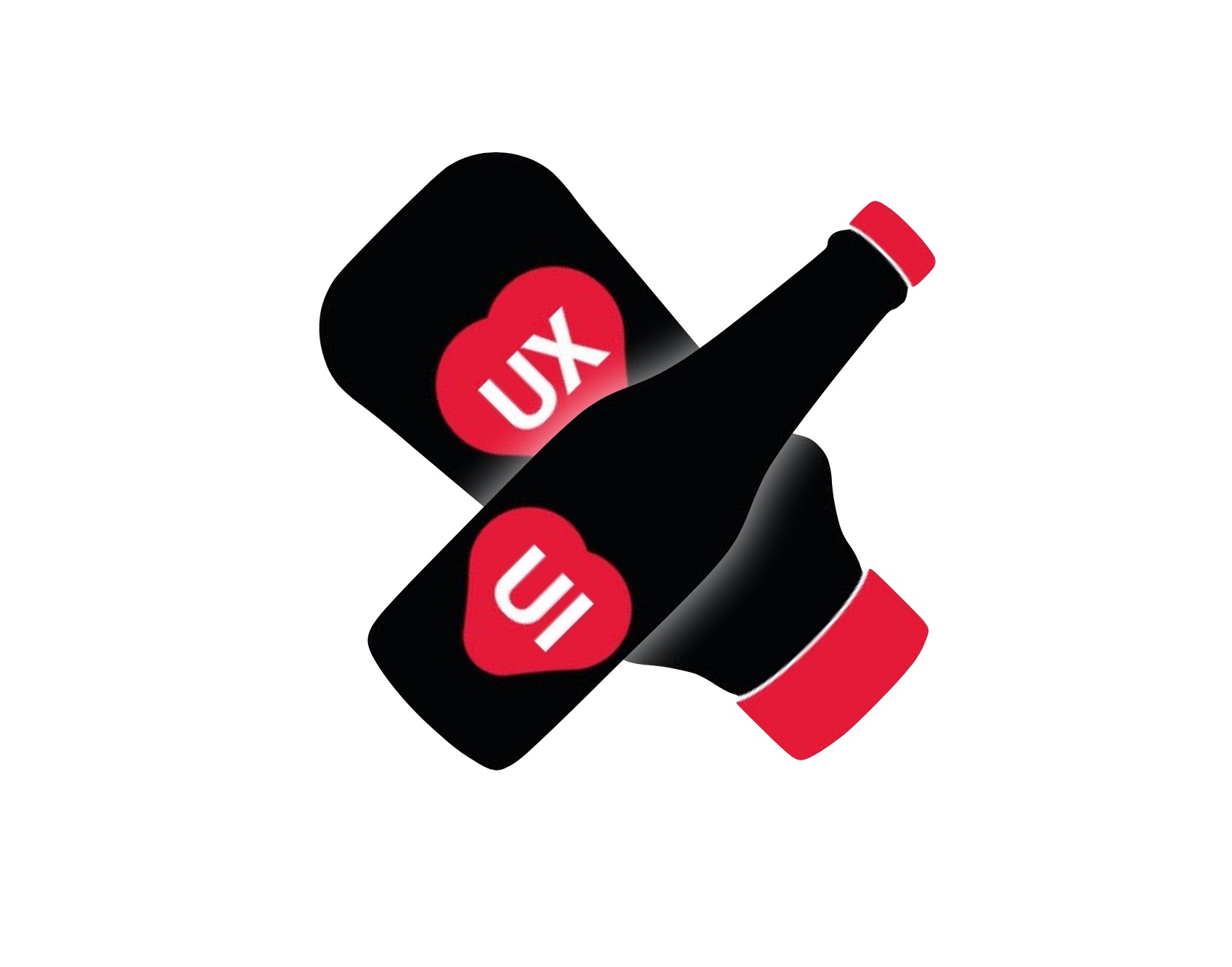Your job as a designer is not to create mockups
Your job as a UX designer is not just to create functional designs. It’s to bring value to the user and the business by creating experiences that are meaningful, delightful, and useful. And this involves a lot more than just putting pixels on a screen.
Your job as a designer is to:

- To increase clarity in ambiguous discussions
This requires the ability to ask probing questions, synthesize information, and present ideas in a clear and concise manner. - To imagine clever solutions to user problems
This requires a creative mindset and the ability to think outside the box to come up with innovative solutions to complex problems. - To identify constraints and systemic issues
Whether they be technical, budgetary, or otherwise. - To educate your stakeholders on opportunities and risks
Stakeholders may not have the same level of understanding or expertise as the designer when it comes to the UX process. A designer must be able to communicate the potential benefits and risks of a design decision in a way that is clear and easily understood. - To unblock developers by proposing well-thought-out software ideas
A UX designer must be able to collaborate with designers (not propose solutions) to create technically feasible solutions that can actually be implemented. - To create interactions that can scale and degrade gracefully
A designer must create interactions that can be adapted to different devices, screen sizes, and platforms. As a designer, it is your job to think about and ensure that the interactions can gracefully degrade in the event that a user’s device or internet connection is slow or unreliable. - To create product narratives and tell business stories
Your job is to create compelling product narratives that effectively communicate the value proposition of a product or service. This requires a deep understanding of the target audience and the ability to tell stories that resonate with them. - To deeply understand your users’ motivations and represent their interests
To design a great user experience, a designer must have a deep understanding of the target audience’s motivations, needs, and desires. This requires conducting user research, testing designs with users, and incorporating user feedback into the development process. - To elevate aesthetics and create attractive products
No further explanation needed. - To be a good sport
Collaboration and teamwork are essential to the success of any design project. A designer must be able to work effectively with others and be willing to receive feedback and incorporate it into their work. - To be reliable
Being a designer is a challenging and multi-faceted role that requires a wide range of skills and responsibilities. Your role encompasses a wide range of responsibilities that require a deep understanding of user behavior, technical constraints, and business requirements.
To be truly successful, focus more on the softer skills than the craft that is on the surface.